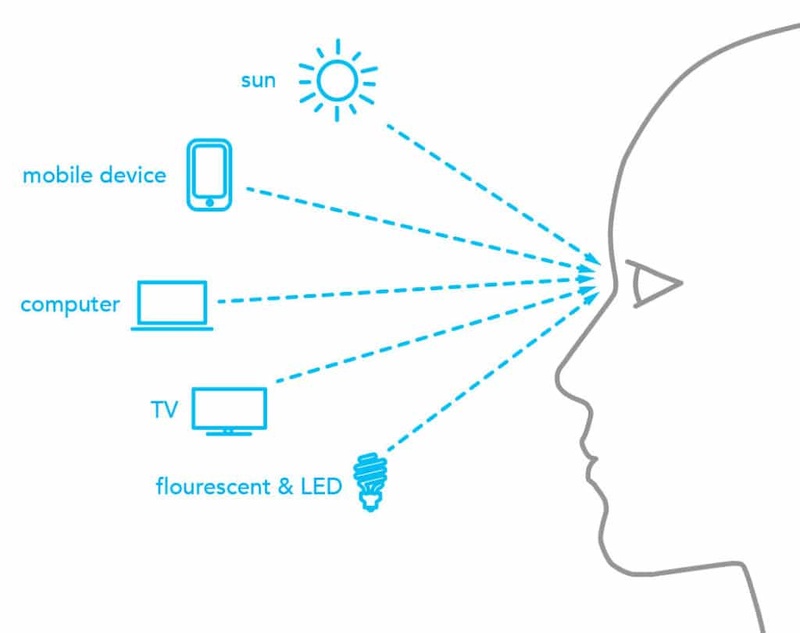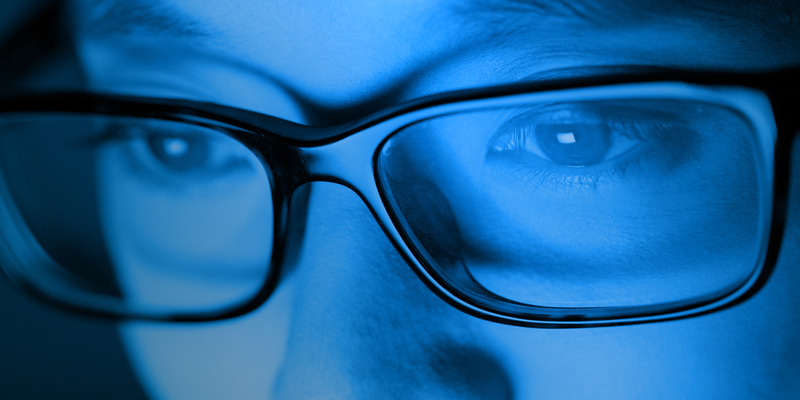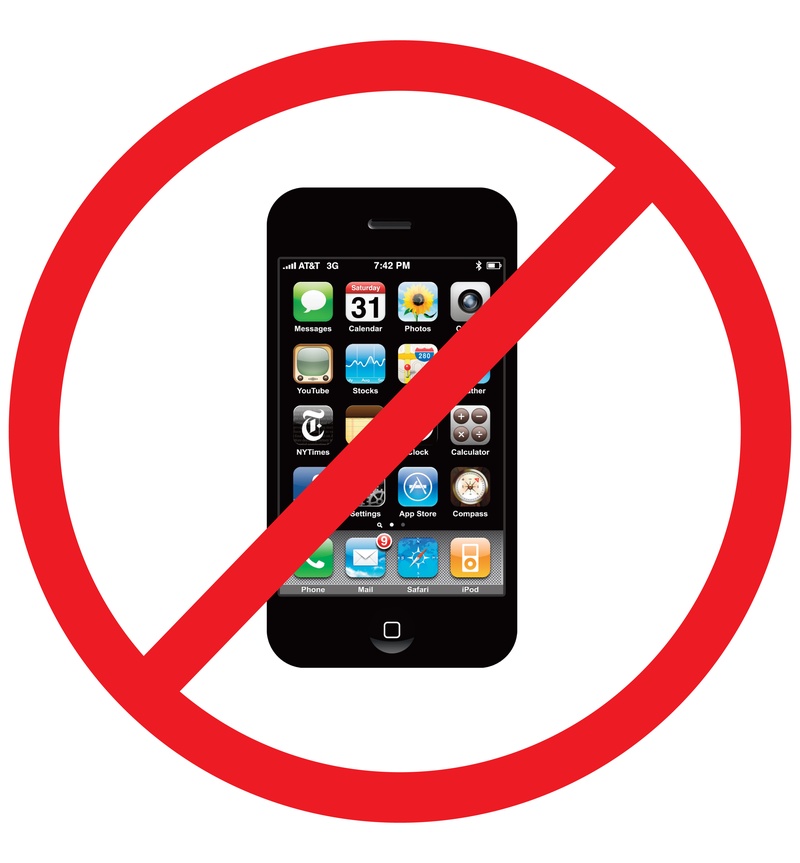StudySkills@TheLibrary
WHY STUDENTS NEED TO TURN OFF DEVICES AT LEAST HALF AN HOUR BEFORE SLEEP
Artificial light from electronic and other devices generally emits a blue light (it may not look blue, but that is the underlying light). Blue light is a type of non-visible light at a very short wavelength.

Sources of Blue Light
What does blue light do to the human body?
Non-visible light emits a lot of energy, and studies show that a extended exposure to this type of light can impair your sleep cycle. As we sleep, lots of essential physical processes take place and it is also when learning from the day is consolidated in memory. Therefore having enough sleep is vital for students.
During the day, blue light is naturally generated from sunlight. When it gets dark, naturally occurring blue light ceases, signalling the body to produce melatonin, the hormone associated with sleep. Using artificial lighting and devices which emit a blue light at night confuses the body-clock (the body’s natural sleep-wake cycle) by stopping the body from producing melatonin. This can result in disrupted sleep patterns, including difficulty in falling asleep, staying asleep and shortened sleep duration.
Those at greatest risk from night-time exposure to blue light are those with existing sleep disorders and adolescents who often experience delayed sleep patterns as a result of biological changes.
What can students do to limit their exposure to blue light at night?
Some suggestions include:
- Be exposed to sunlight during the day to assist in accurately setting your body clock.
- Stop using all electronic devices, preferably an hour before bed.
- Get a red or orange reading lamp, which does not emit blue light.
- Use blue light blocking glasses at night.
- Install a program or app on your computer or device to change the type of light it emits. A variety of programs are available including F.lux, EasyEyez, Night Filter, Zzz iPhone filter, Bluelight and Twilight.
- Invert the colours on your smartphone or iPad or Kindle, or change the device to the night-time setting.
- Turn the brightness down on your device for a few hours before bed (not perfect, but better than nothing!).

